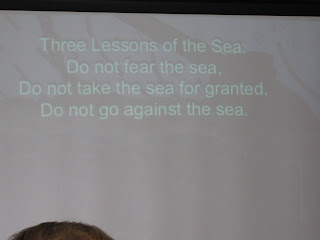I flew out of Narita that afternoon, and thanks to the time change of 16 hours, arrived in Portland the same morning!
For those who have lived in Japan, a few things I noticed this time: 1) less public smoking. Japan passed a law in 2009 that severely curtails where smoking is allowed. There are designated smoking rooms on train platforms, so no cigarette butts on the tracks! No smoking while walking down the street, making for pleasant strolling! Private businesses, such as restaurants, can establish their own rules about smoking; unfortunately, many still allow it. 2) fewer vending machines, especially cigarette ones. Japan is trying to cut down on underage smoking, so there are practically zero tabako vending machines around. I also saw NO beer/whiskey vending machines, nor the porno ones either! 3) pachinko parlor noise. Remember the loud music and general urusai noise emanating from the many establishments, especially around train stations? No more. For one thing, it's a dying business, so there aren't many left, AND the ones left keep their sliding glass doors closed. Hurray!
Oh, there's been a proliferation of vending machines that sell iced coffee, iced tea, and other non-carbonated beverages, including my favorite,
And what trip to Japan wouldn't be complete without a sign in Engrish?
When will I make another trip to Japan, you ask? I'm saving my dollars (since the exchange rate is currently 80 yen to one dollar, I'll need a lot!) for Summer 2013, for a reunion at Lake Nojiri with friends from my youth that I spent summer vacations with. Looking forward to it!!









































